During the beginning of winter, moxibustion can focus on selecting acupoints such as Guanyuan, Zusanli, Dazhui, Shenshu, and Shenque, which can help warm up yang, dispel cold, and enhance immunity.
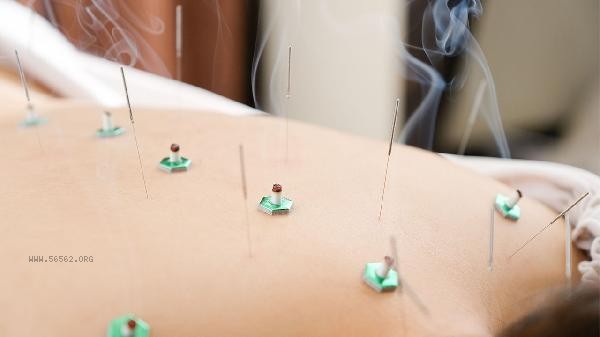
1. Guanyuan acupoint
Guanyuan acupoint is located three inches below the navel and is an important acupoint on the Ren meridian. Moxibustion of this acupoint can tonify vital energy and regulate Chong Ren. Moxibustion at Guanyuan acupoint during the beginning of winter can improve problems such as cold hands and feet, uterine coldness, and dysmenorrhea. It also has a relieving effect on frequent nocturia caused by insufficient kidney qi in middle-aged and elderly people. It is recommended to use mild moxibustion for 15-20 minutes each time, taking care to avoid burning the skin.
2. Zusanli acupoint
Zusanli acupoint is located three inches below the outer knee and belongs to the Foot Yangming Stomach Meridian. Moxibustion at this acupoint can invigorate the spleen and stomach, strengthen the body and dispel evil, especially suitable for people who are prone to colds and indigestion after the beginning of winter. Long term moxibustion at Zusanli can enhance gastrointestinal function, and combined with moxibustion at Guanyuan acupoint, the effect is even better. People with weak and cold constitution can use ginger separated moxibustion to enhance the warming and nourishing effects.
3. Dazhui acupoint
Dazhui acupoint is located in the depression below the spinous process of the seventh cervical vertebra, at the intersection of the Du meridian and the Yang meridian. Moxibustion at Dazhui acupoint during the beginning of winter can enhance yang qi, dispel wind and cold, and have a preventive and therapeutic effect on neck and shoulder stiffness, as well as recurrent colds. The rotary moxibustion method can be used, and the distance between the moxa stick and the skin should be 3-5 centimeters. The moxibustion should be done until the local redness is reached. hypertensive patients should use strong stimulation moxibustion with caution.
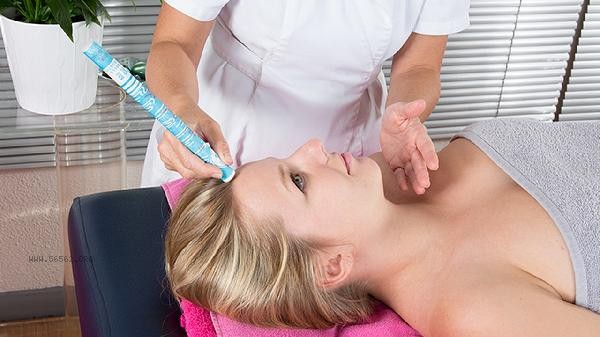
4. Shenshu point
Shenshu point is located 1.5 inches next to the spinous process of the second lumbar spine and is a key point for nourishing the kidneys. Winter moxibustion at the Shenshu acupoint can warm and tonify kidney yang, improve symptoms of kidney deficiency such as soreness and weakness in the waist and knees, tinnitus and forgetfulness. Suggest alternating moxibustion with Shenque acupoint, and using the sparrow pecking moxibustion method for better results. Individuals with yin deficiency and excessive fire should reduce the amount and frequency of moxibustion.
5. Shenque acupoint
Shenque acupoint is located in the center of the navel. Moxibustion at this acupoint can warm and promote Yuan Yang, and harmonize the spleen and stomach. Regular moxibustion at the Shenque acupoint after the beginning of winter can enhance physical fitness and prevent respiratory and digestive diseases. You can use the moxa stick salt separated moxibustion method, and pay attention to keeping the room warm and sheltered from the wind. Pregnant women and those with abdominal skin damage are prohibited from using it.
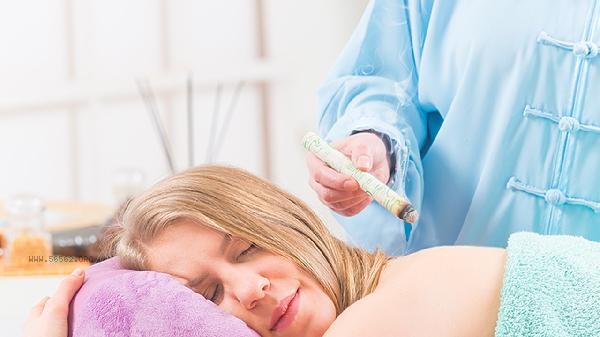
After starting winter moxibustion, it is important to keep warm and avoid wind. It is not advisable to take a shower or come into contact with cold water within 2 hours. It is recommended to go to bed early and wake up late, and to consume moderate amounts of lamb and black sesame as isothermal foods. The recommended frequency of moxibustion is 2-3 times a week. Those with a hot constitution or acute inflammation should consult a traditional Chinese medicine practitioner. Long term adherence to seasonal moxibustion can help the human body conform to natural laws and achieve the goal of winter storage and health preservation.

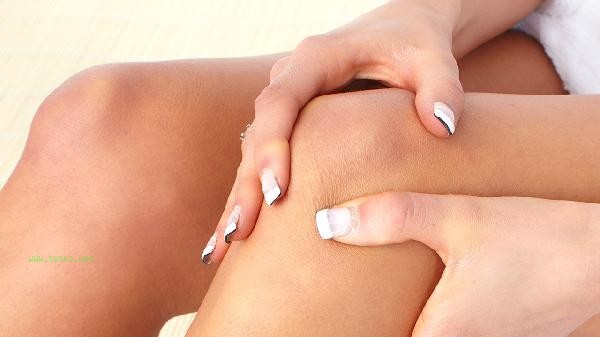
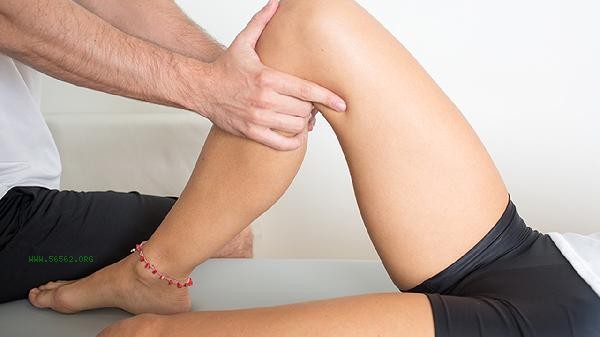
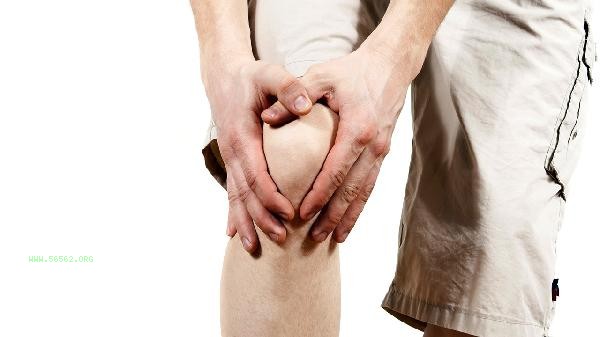
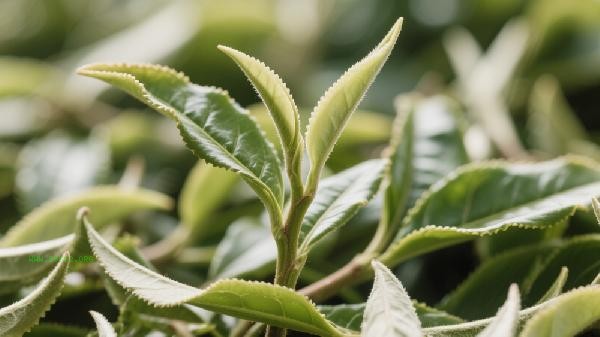
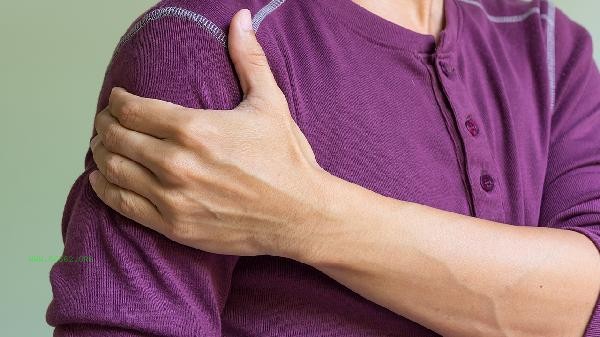


Comments (0)
Leave a Comment
No comments yet
Be the first to share your thoughts!